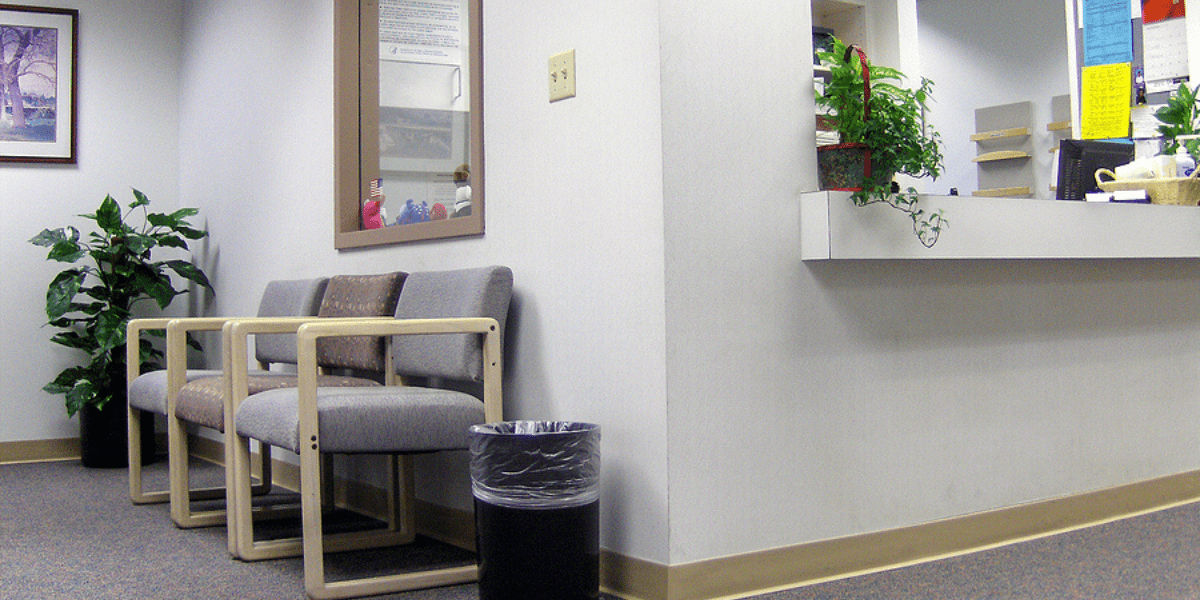There is no doubt the COVID-19 pandemic has rocked the American healthcare industry. Organizations have had to quickly adapt to their critical role on the front lines, often at the price of suspending traditionally profitable service lines, causing massive uncertainty in financial planning. One way providers have mitigated these losses is with the rapid adoption or expansion of their offered telehealth services. The benefits are clear: practitioners can continue to service patients and generate revenue while patients feel secure receiving care without risk of disease exposure. But can telehealth be profitable in addition to providing a crucial service to patients?
Growing Profits with Telehealth
In the short-term, demand for telehealth has exploded and an increase in claims from just 0.17% of all claims in March 2019 to 7.52% of claims one year later and projected spending of up to $250 billion in the U.S. by the end of 2020. Additionally, to minimize the financial hit taken by providers during the COVID-19 pandemic, reimbursement rates for telehealth services have been set to match the rates for in-person encounters whereas in the past payers have generally reimbursed at a lower rate. This change may ultimately revert, but there is growing support in Congress to make the policies incentivizing telehealth use by Medicare beneficiaries permanent, and as patients adapt to telehealth encounters, demand is predicted to stay high. Clearly telehealth can be profitable, but there are concerns about sustainability.
Planning for Future Demands
Health care organizations must account for telehealth’s expanded importance in their financial planning and they will need to consider the service lines that have seen increased demand since the beginning of the pandemic; chiefly primary care, but also oncology, dermatology, and emergency medicine. Organizations will also need to factor in expanded access to traditionally popular services such as psychiatry, radiology and cardiology. Scrupulous review of patient throughput data will be necessary to project revenues as generally telehealth encounters are faster and practitioners can be more efficient without travel time between patients, which creates an opportunity for higher patient service volumes. Lower operating costs also factor into forecasting revenues, as fewer in-person encounters will decrease staffing and supply demands. As the U.S. opens back up and suspended healthcare operations return, it will be important to monitor how the change in demand for telehealth shifts, but the foundation is certainly promising.
Telehealth is Here to Stay
Utilization of virtual healthcare has been steadily growing in recent years, and the COVID-19 pandemic has outlined not only how essential the platform is for mitigating revenue loss for health care organizations, but how much potential there is for growth as well. Patients are perpetually growing more accustomed to an online healthcare platform across a variety of specialties and as demand increases, there are lucrative opportunities for organizations to provide these services. Furthermore, there is mounting public and political support to make the temporary increase in Medicare reimbursement rates for telehealth encounters permanent after the worst of the pandemic has passed. There has never been a better environment to demonstrate the importance of telehealth, and there is little doubt that these services will continue to be instrumental to success in the health care industry moving forward.
How is your health care organization adjusting to the rise of telehealth services? The Anders Health Care Group is here to help telehealth providers reduce operating costs and increase collections. Contact an Anders advisor below to discuss your specific business goals.
Anders Health Care intern Nick Sterner contributed to this post.



